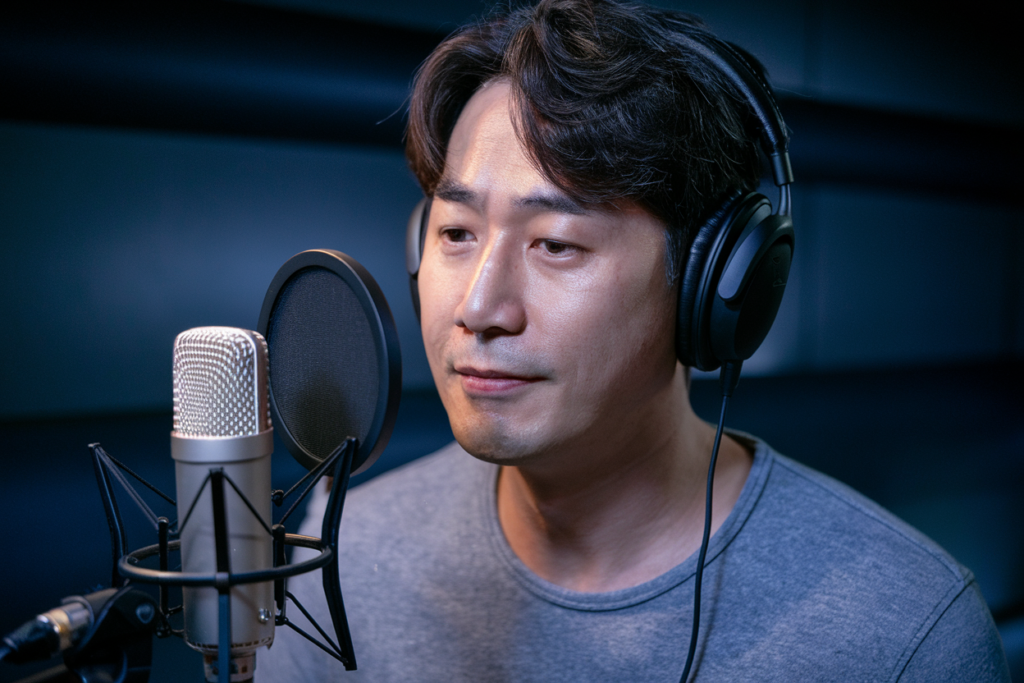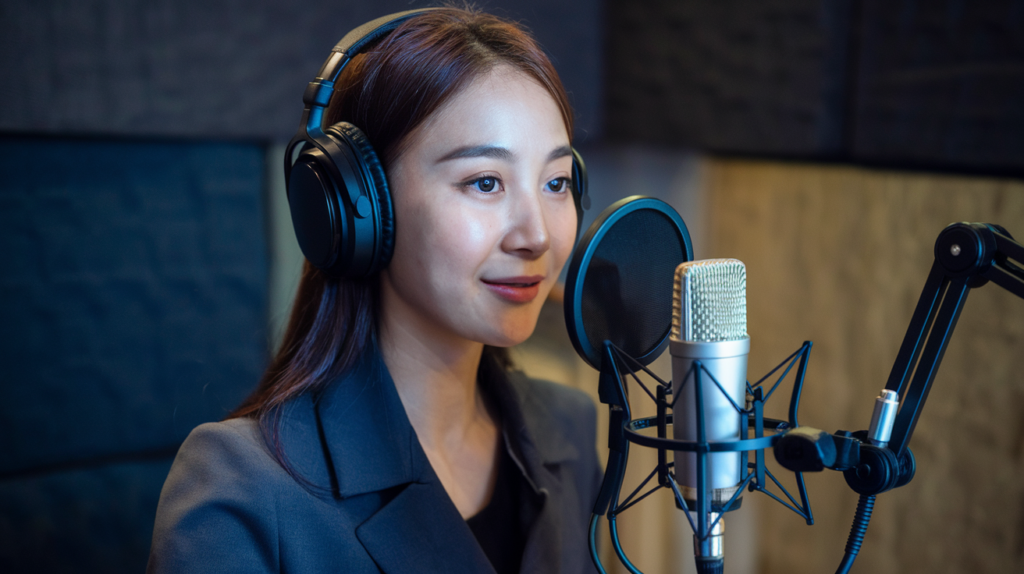Key Takeaways
- Historical Roots: The Korean language originated from Proto-Korean around the 1st century AD, evolving through influences from neighboring languages, particularly Chinese.
- Creation of Hangul: Invented by King Sejong in the 15th century, Hangul was designed to promote literacy among all Koreans and represents a significant cultural milestone.
- Dynastic Influence: Major developments during the Goryeo and Joseon Dynasties shaped the Korean language’s structure, promoting a move towards linguistic independence and increased literacy.
- Modern Adaptability: The Korean language continues to evolve with globalization, incorporating English loanwords while maintaining its core grammatical structures and traditional vocabulary.
- Standardization Efforts: Post-liberation from Japanese rule in 1945 led to efforts for standardizing the Korean language, enhancing communication and fostering national identity.
Ever wondered how the Korean language evolved into what it is today? The historical development of the Korean language is a fascinating journey that reflects Korea’s rich culture and history. From its ancient roots to modern-day usage, understanding this evolution can help you appreciate not just the language but also the people who speak it.
Overview of Korean Language Historical Development
The Korean language has undergone significant changes throughout its history, shaping its unique identity. Originating from the Proto-Korean language around the 1st century AD, early forms of Korean were heavily influenced by neighboring languages, particularly Chinese.
During the Goryeo Dynasty (918-1392), Korea saw a push for cultural and linguistic independence. This period marked the emergence of Hangul in the 15th century under King Sejong. Hangul made literacy accessible to all Koreans, contrasting with earlier systems that relied on complex Chinese characters.
The Japanese occupation (1910-1945) brought further challenges to the Korean language. Restrictions aimed at suppressing Korean culture prompted efforts to preserve and promote native linguistic practices. After liberation in 1945, both North and South Korea began standardizing their dialects while fostering distinct national identities.
Modern developments include ongoing influences from English and other global languages due to globalization. Today’s Korean incorporates loanwords while maintaining core grammatical structures, showcasing its adaptability.
You can see how historical events directly shaped the evolution of this rich language, making it an essential element of Korea’s cultural heritage. Understanding this development enhances your appreciation for contemporary usage and communication within diverse contexts today.
Ancient Origins
The Korean language boasts a rich history that traces back to its ancient roots. Understanding these origins reveals the linguistic journey that has shaped modern Korean.
Proto-Korean Roots
Proto-Korean serves as the foundation for the Korean language, emerging around the 1st century AD. This early form of Korean likely evolved from a combination of local dialects and influences from neighboring languages. Linguists believe it shared characteristics with both Altaic and Dravidian language families, showcasing a diverse linguistic background. The complexities of Proto-Korean laid the groundwork for later developments in vocabulary and grammar.
Influence of Old Chinese
Old Chinese significantly impacted the evolution of the Korean language, especially during periods of cultural exchange between Korea and China. From approximately the 4th century onward, many Sino-Korean vocabulary words entered everyday use. These borrowed terms enriched various domains, including philosophy, governance, and literature. Additionally, classical Chinese characters were adopted to represent native Korean sounds and concepts before creating Hangul in the 15th century. This integration helped shape written communication in Korea while enhancing intellectual discourse across cultures.
Understanding these ancient origins provides valuable insights into how historical interactions influenced contemporary Korean language structure and usage.
The Formation of the Korean Alphabet
The formation of the Korean alphabet, known as Hangul, represents a significant milestone in Korea’s linguistic history. Created during the 15th century, Hangul was designed to enhance literacy and accessibility for all Koreans.
Invention of Hangul
Hangul was invented by King Sejong the Great and his scholars in 1443. This innovative script aimed to provide a simple and efficient writing system that could accurately represent spoken Korean sounds. Comprised of 14 basic consonants and 10 vowels, Hangul allows for easy learning and use. Unlike complex Chinese characters, each letter corresponds directly to a sound, making it user-friendly for those unfamiliar with written language.
Historical Context of Hangul’s Creation
The historical context surrounding Hangul’s creation is essential for understanding its importance. Prior to its introduction, Koreans primarily used Classical Chinese characters for writing. This reliance limited literacy to the elite class while leaving many unable to read or write their native language effectively. Recognizing this barrier to education and communication, Sejong sought a solution that would empower all people. His initiative not only fostered greater national unity but also symbolized cultural independence from foreign influences.
By providing an accessible means of communication through Hangul, Sejong laid the groundwork for future generations’ engagement with literature and education—strengthening Korea’s identity amidst external pressures throughout history.
Evolution Through Dynasties
The evolution of the Korean language unfolds significantly through its dynasties, reflecting cultural shifts and developments in literacy.
The Goryeo Dynasty
During the Goryeo Dynasty (918-1392), Korea experienced a surge in cultural and linguistic identity. This era marked a pivotal period where Koreans increasingly sought independence from foreign influences, particularly from China. The introduction of native scripts began to flourish, setting the stage for future advancements. Scholars started developing phonetic systems, which laid essential groundwork for Hangul’s eventual creation under King Sejong.
The Joseon Dynasty
The Joseon Dynasty (1392-1910) further transformed the Korean language landscape. Hangul was officially promulgated in 1443 as a revolutionary tool designed to promote literacy among common people. Unlike Classical Chinese characters that dominated writing before, Hangul’s simplicity made it accessible to everyone. As a result, literature blossomed, with significant works emerging that used this new script. Additionally, this dynasty saw an influx of Sino-Korean vocabulary due to continued contact with China, enriching the language’s lexicon while maintaining unique Korean expressions.
These dynastic changes not only shaped the structure and use of the Korean language but also reflected Korea’s cultural heritage and societal progress through each historical phase.
Modern Developments
Modern developments in the Korean language highlight its dynamic nature and adaptability. These changes reflect cultural shifts, technological advancements, and globalization’s impact.
Language Standardization
Language standardization in South Korea began after the liberation from Japanese rule in 1945. Efforts focused on promoting a unified form of Korean to foster national identity. The establishment of the National Institute of the Korean Language in 1991 played a crucial role in this process. It developed guidelines for spelling, grammar, and usage that helped create consistency across regions. This standardization not only improved communication but also reinforced a sense of shared heritage among speakers.
Borrowing from Other Languages
Borrowing from other languages has significantly influenced modern Korean vocabulary and expressions. With globalization becoming more prevalent, English loanwords have entered everyday conversation, especially in technology, fashion, and popular culture sectors. Words like “컴퓨터” (computer) and “인터넷” (internet) illustrate this trend well. While these borrowed terms enhance expressiveness, they coexist with traditional Korean words that maintain unique cultural significance. This blending showcases how adaptable the language is while preserving its roots amid ongoing modernization efforts.
These modern developments underscore how historical context continues to shape contemporary usage of the Korean language while embracing influences from around the world.
Conclusion
The Korean language’s historical journey reflects a rich tapestry of cultural evolution and resilience. From its ancient roots to the creation of Hangul, each phase showcases a commitment to accessibility and unity among speakers.
Today, as you explore modern Korean, you’re witnessing a living language that adapts while preserving its unique identity. The blend of traditional elements with contemporary influences highlights not just linguistic progress but also Korea’s vibrant culture. Embracing this history enhances your understanding and appreciation of Korean as more than just a means of communication—it’s a key to connecting with the heart of Korea itself.
Frequently Asked Questions
What is the origin of the Korean language?
The Korean language originated from Proto-Korean around the 1st century AD, evolving through local dialects and influences from neighboring languages. This development reflects a rich cultural and historical narrative in Korea.
Who created Hangul and why?
Hangul was created by King Sejong the Great and his scholars in the 15th century to improve literacy among common Koreans. It aimed to provide an accessible writing system that could empower all citizens, fostering national unity.
How did Old Chinese influence Korean?
From the 4th century onward, many Sino-Korean vocabulary words entered everyday use due to contact with China. This enriched various domains like philosophy and literature while maintaining unique Korean expressions.
What changes occurred during the Japanese occupation regarding the Korean language?
During Japan’s occupation (1910-1945), efforts were made to preserve native linguistic practices as Japanese authorities suppressed Korean culture. This period sparked a strong desire among Koreans to maintain their linguistic identity.
How has globalization affected modern Korean?
Globalization has led to the incorporation of English loanwords into everyday conversation, especially in technology and popular culture. Despite these influences, traditional Korean words remain significant, preserving cultural heritage.
What role does standardization play in modern Korean language usage?
Standardization began after Korea’s liberation in 1945, facilitating improved communication across dialects. The establishment of the National Institute of the Korean Language helped promote a unified form of Korean, reinforcing shared identity among speakers.







